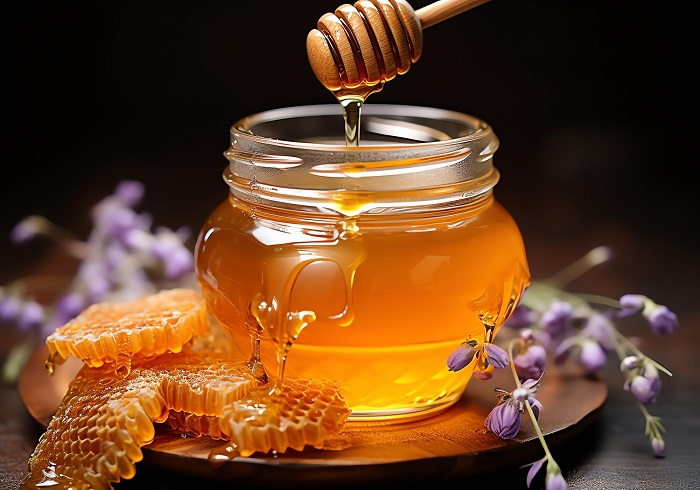Honey holds a special place in our childhood, the sweet memories intertwined with moments of comfort and care. Its golden hue and sweet essence are not merely culinary delights but symbols of nurturing warmth. A cherished tradition, especially during times of illness, where our parents would concoct a soothing elixir, made of honey, a remedy…




